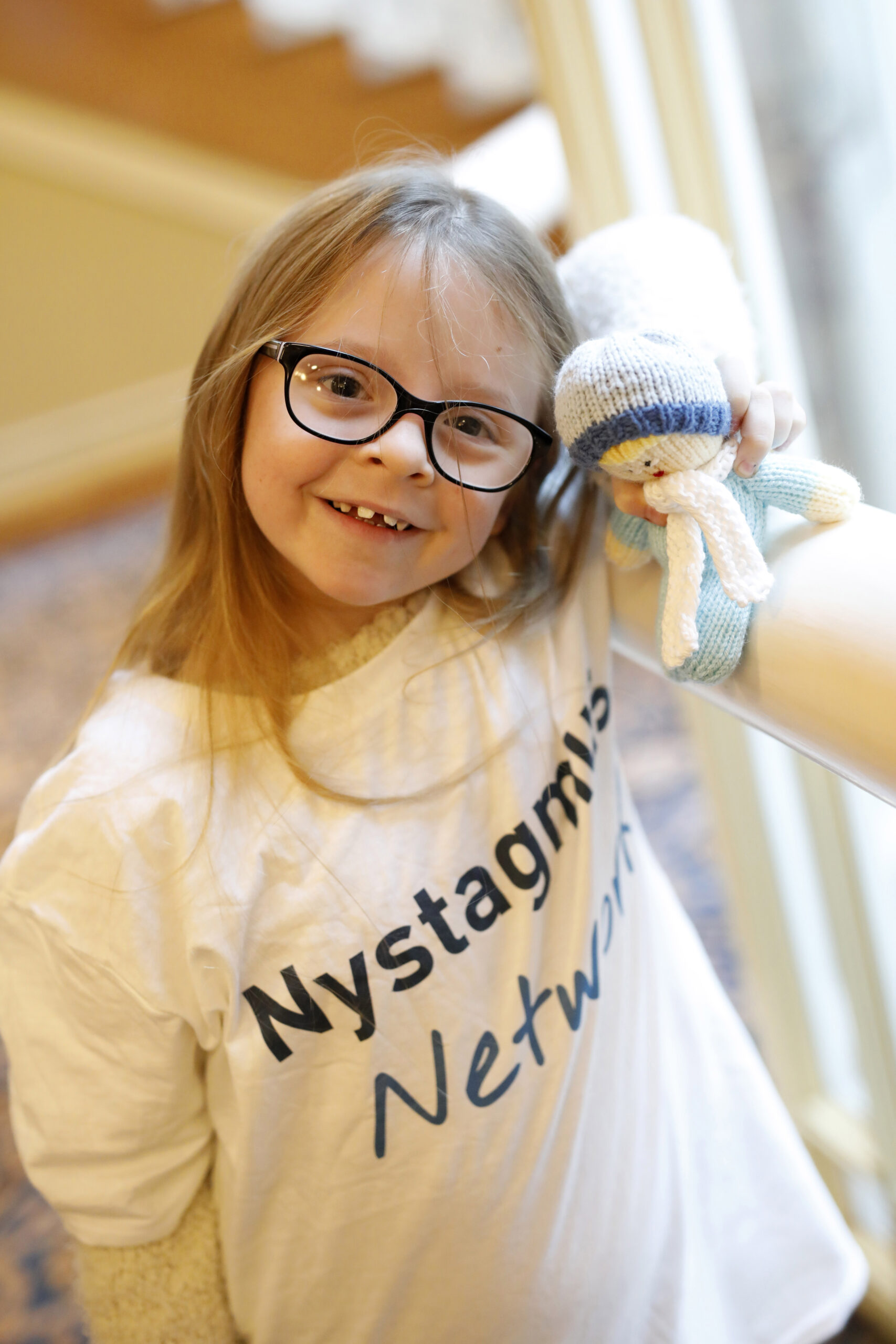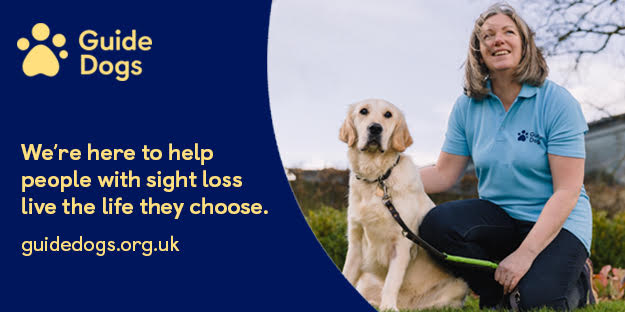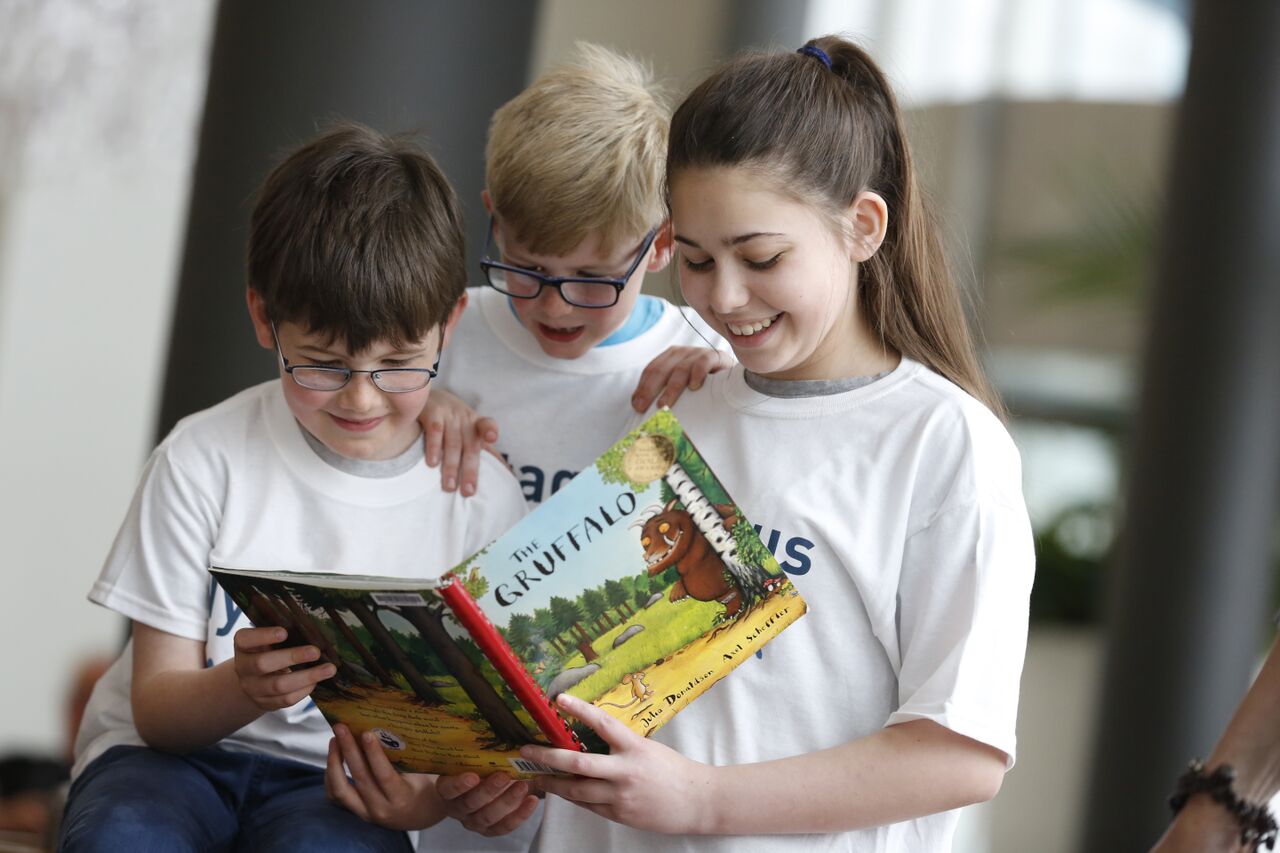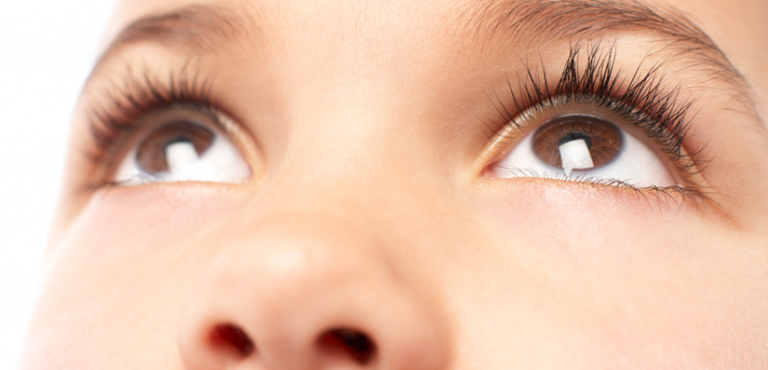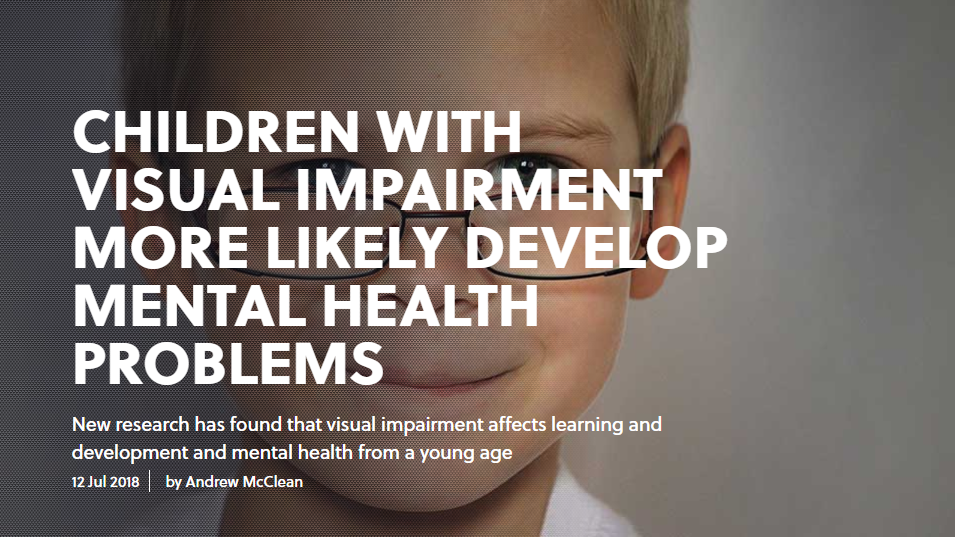Researchers from the University of Leicester have identified a new way of predicting the future vision of children with infantile nystagmus. The research, published in the journal Ophthalmology has developed a grading system for retinal development in infants and young children with the condition, providing an important tool for ophthalmologists to determine their future vision.
This new research, funded by Fight for Sight and the Nystagmus Network, highlights for the first time that we can use this existing grading system to predict future vision in children and infants with nystagmus. Importantly, it is more reliable than the current tests used.
Infantile nystagmus is a condition of involuntary (or voluntary, in some cases) eye movement, acquired in infancy or later in life, that may result in reduced or limited vision. It affects approximately one in 500 people. Due to the involuntary movement of the eye, it has also been called “wobbly eyes”, and often comes with a negative social stigma.
Nystagmus can be challenging to diagnose in children and often the level of sight loss a newly diagnosed child will experience is unclear, leading to significant anxiety for parents who fear their child will develop severe visual impairment.
With the advent of hand-held optical coherence tomography (OCT) – a non-invasive imaging test that uses light waves to take cross-sectional images of the retina – healthcare professionals are now able to obtain detailed information about the status of retinal development in young children and infants. These scans can be obtained in a few minutes and can be performed non-invasively in children.
In 2011, lead researcher, Dr Mervyn Thomas, had developed a grading system based on optical coherence tomography (OCT) for arrested retinal development and found that this system is able accurately to predict the prognosis of vision in children and adults with arrested retinal development.
Dr Mervyn Thomas, said “This study required a lot of patience and cooperation from our nystagmus patients and families. The result is now we have a validated method of predicting prognosis in children and infants with infantile nystagmus. This will allow clinicians to plan better for patients whose vision is likely to be worst affected by nystagmus, while also helping to reassure and enable patients and families to optimise the development and educational attainment of the child during this crucial, formative stage.”
Fight for Sight’s Head of Research and Policy, Dr Rubina Ahmed, said “This grading system is a positive step towards better care for children with infantile nystagmus and will help to allay concerns of parents with unanswered questions related to visual development and prognosis for their children and may in future lead to better care plans for individuals.”
Sue Ricketts, Executive Information and Development Manager at Nystagmus Network, said “This development highlights the importance of research investment in nystagmus diagnostics and also answers the question most parents of newly diagnosed babies have: How well will my child be able to see?”
This research was jointly funded by Fight for Sight and Nystagmus Network via the Small Grant Award, awarded to Dr Mervyn Thomas and Professor Irene Gottlob.


